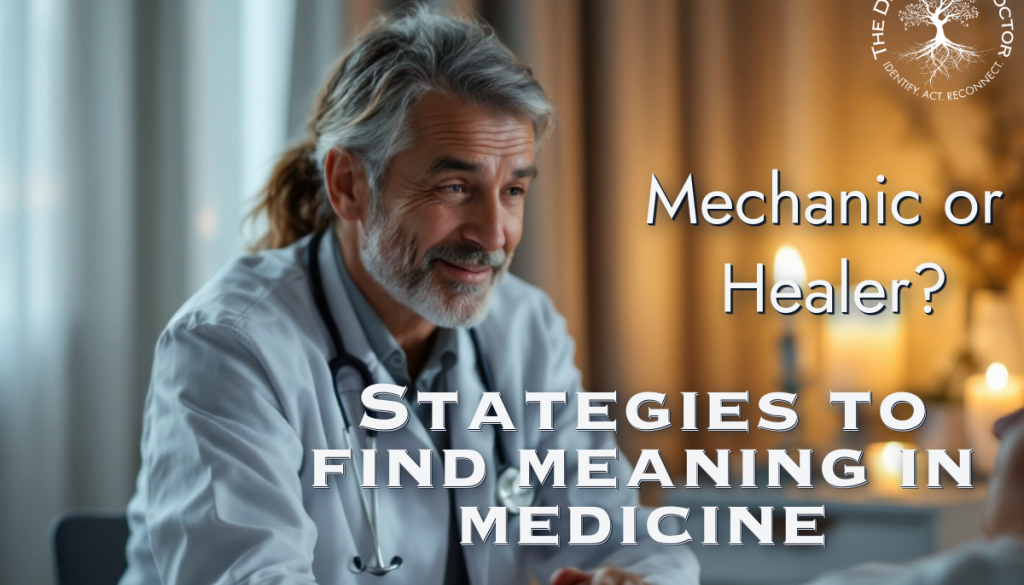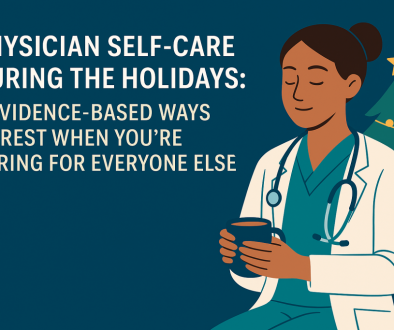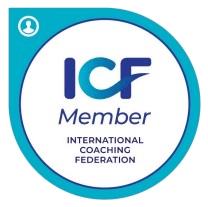Doctors Aren’t Mechanics: Finding Meaning in Medicine to Combat Burnout
Burnout among physicians is no longer just a silent epidemic, it’s a full-blown crisis. Many of my colleagues are no longer finding meaning in their work. Most American doctors report symptoms of burnout, and one in four plans to quit entirely. Even more alarming, one in three doctors say they find no meaning in their work. These aren’t just numbers; they reflect a profession pushed to its breaking point. If even the most accomplished physicians feel this way, what hope is left for the healthcare system and patients?
The Weight of a Broken System
The systemic issues are undeniable. Endless documentation, battles with insurance companies, and financial incentives prioritizing quantity over quality have made medicine a grind. Days blur into nights as doctors rush from one patient to the next, often feeling like they’re on a conveyor belt. It’s no wonder so many of us feel detached and emotionally exhausted.
But the problem runs deeper than the system. The real question is: What can we, as individuals, do to rediscover meaning in our work? Can holding onto this meaning protect us from burnout?
A Tale of Two Doctors: Mechanic vs. Healer
There are two ways to view medicine. The first sees the human body as something to be fixed. A broken machine with a disease In this view, doctors are mechanics, fixing the body with the right medications, surgeries, or procedures. But when the machine is beyond repair, there’s nothing left to do.
The second view sees patients as more than their physical bodies. This approach recognizes their humanity, hopes, fears, relationships, and values. Here, doctors become healers, addressing the body and spirit.
Consider the following scenario, which I have seen in the pediatric ICU more times than I can count: A young patient’s life is ending. In his final hours, the room is transformed into a sacred space. Music plays softly, candles flicker, and his family surrounds him with love. His medical team isn’t performing heroics to prolong life; instead, they create a space of dignity and peace. This is what makes medicine meaningful.
The Challenge of Embracing Humanity in Medicine
It’s easy to dismiss these moments as impractical in the real world. With packed schedules and mounting pressures, how can we create these sacred spaces for every patient? Many of us have been conditioned to focus on diagnoses and treatment plans, avoiding the softer dimensions of patient car e like love, courage, and dignity. But this avoidance comes at a cost. When we reduce medicine to numbers and protocols, we risk losing the very essence of why we became doctors in the first place.
Reclaiming Meaning in Medicine: A Three-Step Approach
So, how do we move from being mechanics to healers? Here are three practical steps to restore meaning in medicine:
1. Get Closer to Your Patients
One of the simplest yet most profound changes you can make is physically sitting with your patients. During hospital rounds, it’s common to see doctors towering over patients or even speaking to them from the doorway. But what happens when you sit down, make eye contact, and truly engage?
Meet your patients on their level. Find a chair and sit, crouch down at the bedside, and look your patient in the eyes on the same level. This small presence can transform a routine encounter into something significant.
2. Be Curious About Their Lives
Medicine often reduces patients to their conditions: “The stroke in Unit E2” or “the kidney tumor in Room 9.” But patients are more than their diagnoses. Ask about their favorite music, hobbies, or pets. These questions remind both you and the patient of their humanity.
I shared a story about a simple math error in Kevin MD’s blog post, which turned into a memory that the patient, his family, and I still laugh about.
3. Embrace the Whole Patient
This is perhaps the hardest but most rewarding step: embrace the aspects of medicine that defy logic and science. Love, mercy, and dignity are not things we’re trained to discuss in medical school, but they’re essential to healing. When we create space for these elements, we fill our work with meaning.
For example, I know physicians who have prayed with patients. It wasn’t a grand gesture, but it made all the difference. Health is more than physical. It is emotional, mental, and spiritual. Simply acknowleding the other dimensions of health can be exactly what patients need.
Stories of Transformation
These small yet powerful changes have transformed the lives of many physicians. One doctor shared how asking about a patient’s favorite food or music helped him see them as fully human, not just a case to be managed. Another found strength in the love her young patients showed her during grueling treatments, reminding her why she chose this path.
Even in moments of profound sorrow, like saying goodbye to a terminally ill patient, doctors have found meaning by creating spaces of love and dignity. These stories prove that reclaiming humanity in medicine isn’t just possible—it’s essential.
Practical Tips for Finding Meaning in Medicine
- Start Small: You don’t need to overhaul your practice overnight. Begin by sitting with one patient each day or asking one personal question during rounds.
- Be Present: Put down the clipboard or step away from the computer. Make eye contact and listen without distractions.
- Reflect: Take a few minutes at the end of each day to think about a meaningful moment you experienced. This practice can help you stay connected to your purpose.
The Ripple Effect of Finding Meaning in Medicine
When we embrace these practices, the impact extends beyond individual encounters. Patients feel seen and valued, fostering trust and better outcomes. Doctors rediscover the joy and fulfillment that brought them to medicine in the first place. And collectively, we begin to heal a profession in crisis.
Medicine is more than fixing broken bodies. It’s about connecting with the human spirit, even in its most vulnerable moments. By reclaiming this truth, we not only guard ourselves against burnout but also bring healing to our patients and ourselves.





